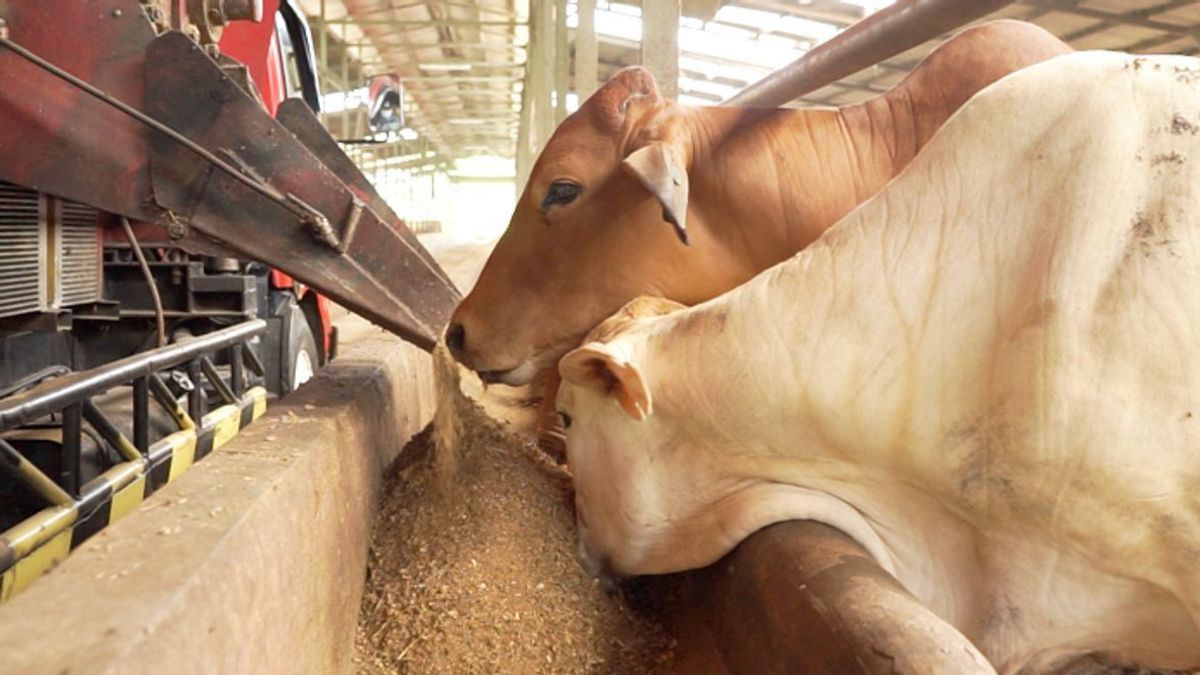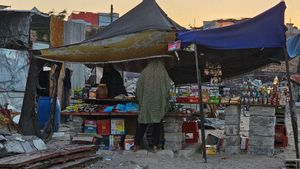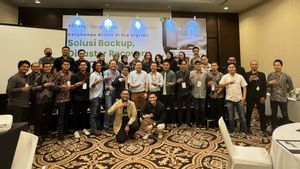YOGYAKARTA - Checking the health of cows is one of the important steps that need to be considered before buying sacrificial animals. Not a few cows are infected with BETraks disease. This disease is caused by bacteria forming spora "Bacillus anthracis" which is contagious.
Buyers of sacrificial animals ahead of Eid al-Adha must be aware ofANTrax disease in cattle. This disease is common in attacking livestock such as sheep and cows, and can be transmitted to humans because it is zoonotic.
Cows affected by BETraks are very dangerous for human consumption. This disease can be transmitted from animal to human through touch or eating infected meat. Therefore, it is better to know the characteristics of an antix-free cow so as not to buy the wrong one.
Owners of livestock and buyers of cattle must recognize the characteristics of an antix-free animals. This knowledge is very important in order to avoid purchasing or consuming beef that is affected by attack disease. Especially at the time of Eid al-Adha's sacrifice where many cows are slaughtered and the meat is distributed.
The following are the characteristics of an antix-free cows reported by MSD Veterinary Manual which are important to understand:
The above clinical symptoms can be seen in other sacrificial animals besides cows, such as goats and sheep. Usually, the sacrificial animals infected with the bida antirac are marked by sudden, fatal, and can lead to death.
Antractic diseases are also often not detected and observed, so animals can die suddenly. If you find any symptoms of anti-extraction in moisturized animals, you should immediately report them to the local agriculture and livestock offices. Animals affected or suspected of having an attack must immediately be isolated from cages or other livestock.
Antraks is a dangerous disease that must be watched out for both the threat to animals and humans. This disease can be treated by giving antibiotics to animals, such as sulfonamide, pencilin, oxitetracycline, and streptomycin.
In addition to this step, livestock that will be intended for qurban can also be vaccinated every year. In areas that are free of imaging, preventive measures can be applied through supervision and control of the entry and exit of livestock by the local service.
For animals that die due to BETraks or suspected BETraks, these animals must be destroyed by burning them to the ground. If it is not possible to burn, dead cows can be buried in a depth of at least 2 meters from the surface.
SEE ALSO:
Antraks can be transmitted to humans by touch or when consuming the meat. This disease can spread to humans through open wounds on the skin and breathe antractic spora. A person exposed to this disease will experience symptoms that can be detected.
Symptoms experienced by people infected with antiraces can arise in the form of lumps, rashes, and redness on the skin. These symptoms are usually accompanied by itching and soreness in the middle which is blackish. In addition, this disease is also sometimes accompanied by fever, nausea, diarrhea, vomiting, to shortness of breath.
Those are the characteristics of antrax-free cows that must be understood by livestock owners and buyers of sacrificial animals. It is very important to recognize the above characteristics in order to avoid transmission of BETraks disease. Also read the requirements for sacrificial animals for Eid al-Adha.
Stay up to date with the latest domestic and other overseas news on VOI. We present the latest and updated information nationally and internationally.
The English, Chinese, Japanese, Arabic, and French versions are automatically generated by the AI. So there may still be inaccuracies in translating, please always see Indonesian as our main language. (system supported by DigitalSiber.id)

















